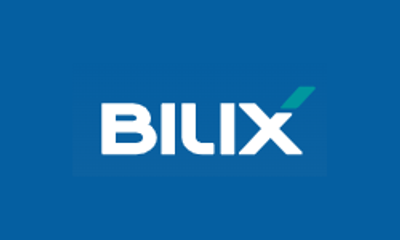

- Home
- Companies
- Bilix Co., Ltd.
- News
- Bilirubin, which eliminates ...
Bilirubin, which eliminates inflammation... Bilix, the world`s first drug
Discovered in the 1930s... fail every time
Chemicalized by combining with hydrophilic substances
“To develop a treatment for reperfusion injury”
Since the 1930s, `bilirubin`, which causes jaundice in humans, has been in the limelight as an anti-inflammatory substance. The phenomenon in which rheumatoid arthritis patients get jaundice causes rheumatoid inflammation to disappear when Nobel laureate in Physiology or Medicine Philip Hench, a professor at the Mayo Clinic in the U.S., discovered the phenomenon. Attempts to drug bilirubin have been made one after another, but each time it has failed. This is because of the property of bilirubin, which is insoluble in water.
The anti-war drama was written by Bilix, a domestic bio company. He was the first to successfully turn bilirubin into a drug by dissolving it in water. Bilix CEO Kim Myeong-rip (pictured) said on the 16th, "We will start non-clinical trials this year, which is the pre-clinical stage, and release the world`s first new drug using bilirubin in 2025 at the earliest."
Bilix opened the way to pharmaceuticalization by combining polyethylene glycol (PEG) and bilirubin. `PEGylated bilirubin`, which is a hydrophilic polymer material PEG, is easily soluble in water. This means that it can be melted in the body and absorbed into the organs.
The disease that Bilix has targeted is ischemic reperfusion injury caused by organ transplantation, myocardial infarction, coronary artery bypass grafting, and stroke. In the case of myocardial infarction, it occurs after a patient undergoes a stent procedure. When the clogged blood vessels are pierced with a fine wire mesh, a large amount of blood is supplied to the stopped heart. In this case, the active oxygen suddenly increases and damages the heart muscle. Bilirubin, which has an antioxidant effect, removes free radicals and minimizes damage to the heart muscle.
Ischemic reperfusion injury commonly occurs during organ transplantation. This is less of a problem when transplanting a living body, but tissue damage and inflammation caused by free radicals are more likely to occur in brain-dead transplants due to the time required to transport organs. CEO Kim said, “In the US, organ transplantation is active, but there is no treatment that can address these side effects yet,” adding, “This means that the market demand is abundant.” It is also a good thing that Nzion Biomedica, the U.S., which used hepatocyte growth factor receptor (c-MET) to target this market, failed to prove efficacy in phase 3 clinical trials at the end of last year.
CEO Kim said, “There are 22,000 kidney transplant patients in the US annually, and the market for ischemic reperfusion injury treatment that occurs during transplantation is worth 700 billion won annually.” said
Bilix plans to start full-scale clinical trials next year. CEO Kim said, “After going through phase 1 clinical trials early next year and phase 2 clinical trials in 2024, we will receive conditional approval in 2025 at the earliest and introduce it to the market.”
There is also a possibility of being used as a drug delivery system (DDS). When bilirubin binds to PEG, it turns into a round ball with a hollow center. Anticancer drugs can be put inside and injected into the body. Bilix plans to speed up the discovery of drug candidates for 18 cancer types, including ovarian cancer, in partnership with HolosMedic, a developer of intractable cancer treatments.
Bilix was recently selected for a 2 billion won non-clinical project support project by the National New Drug Development Agency. It stood shoulder to shoulder with Hanmi Pharm, Legochem Bio, Jeil Pharm, and Peptron. At the end of last year, it attracted 17.5 billion won in Series A investment, 3.5 billion won more than originally planned.

